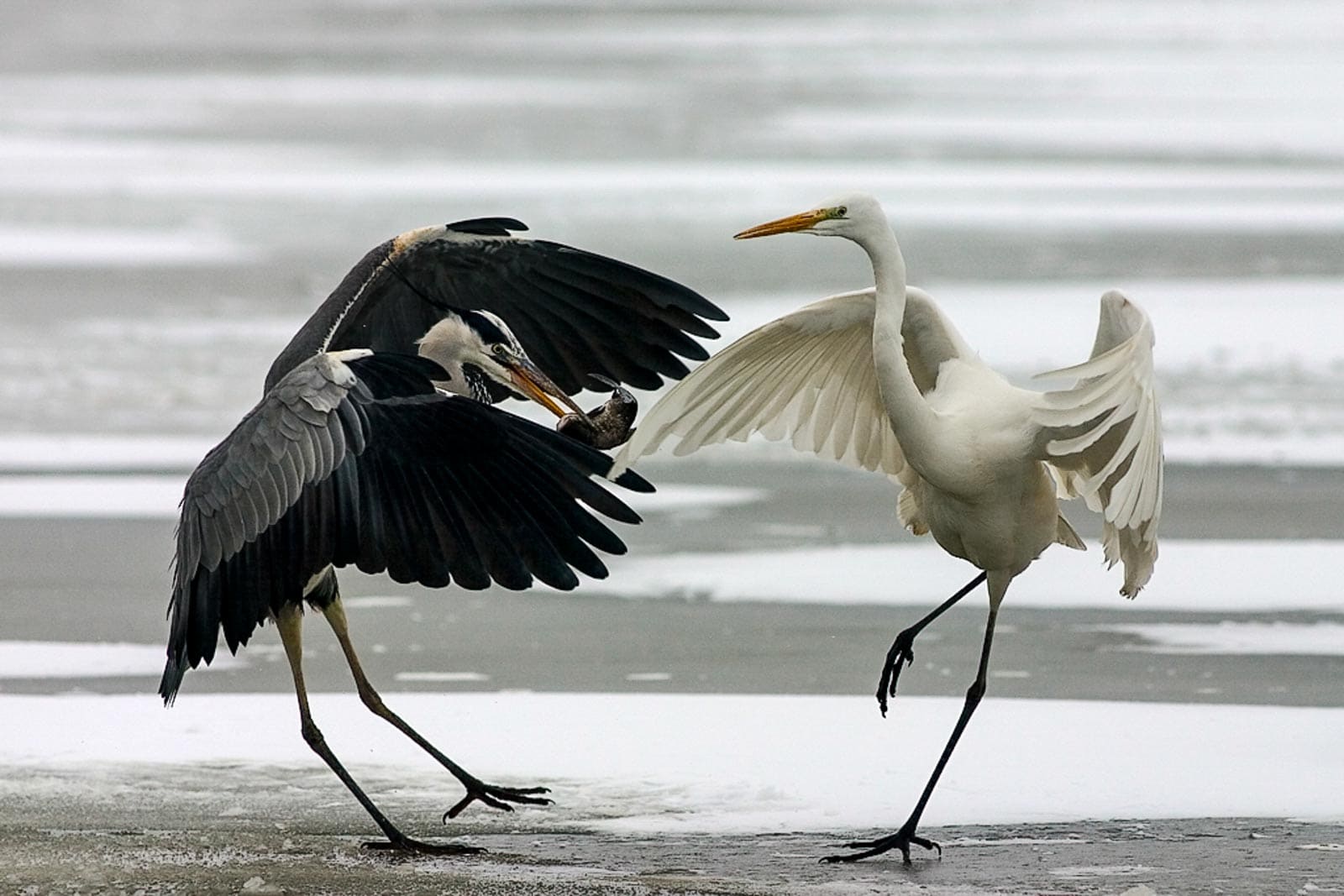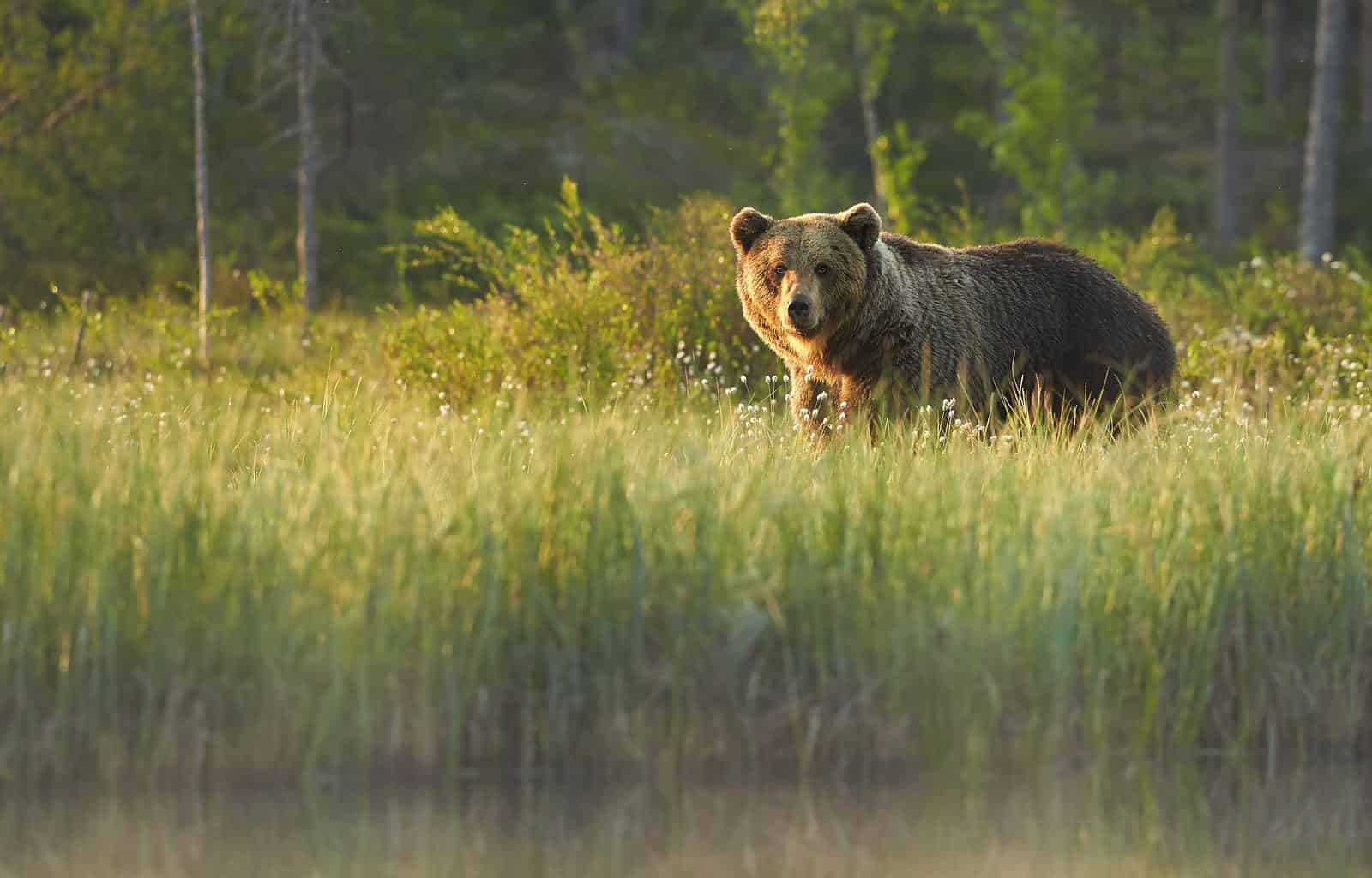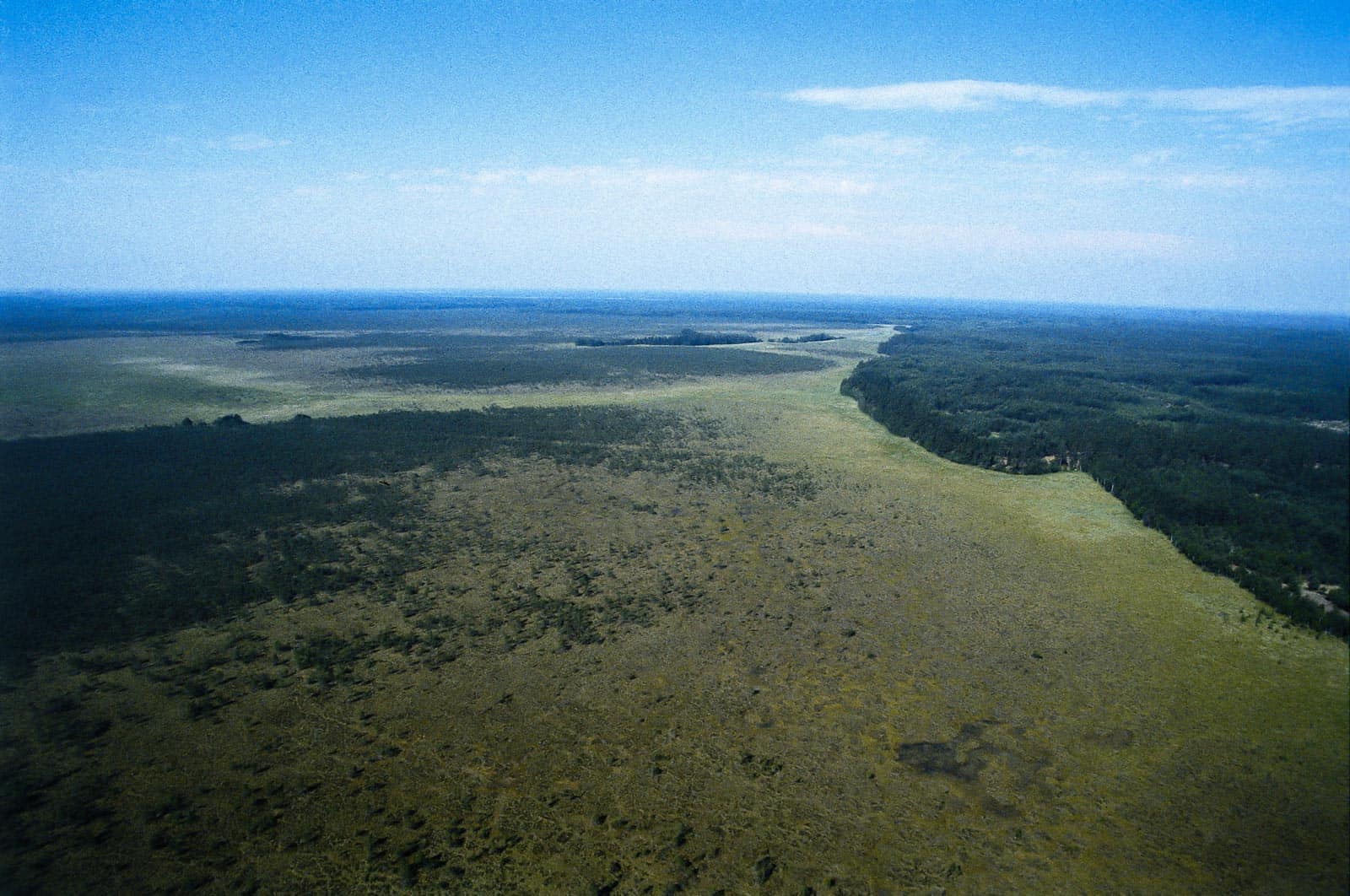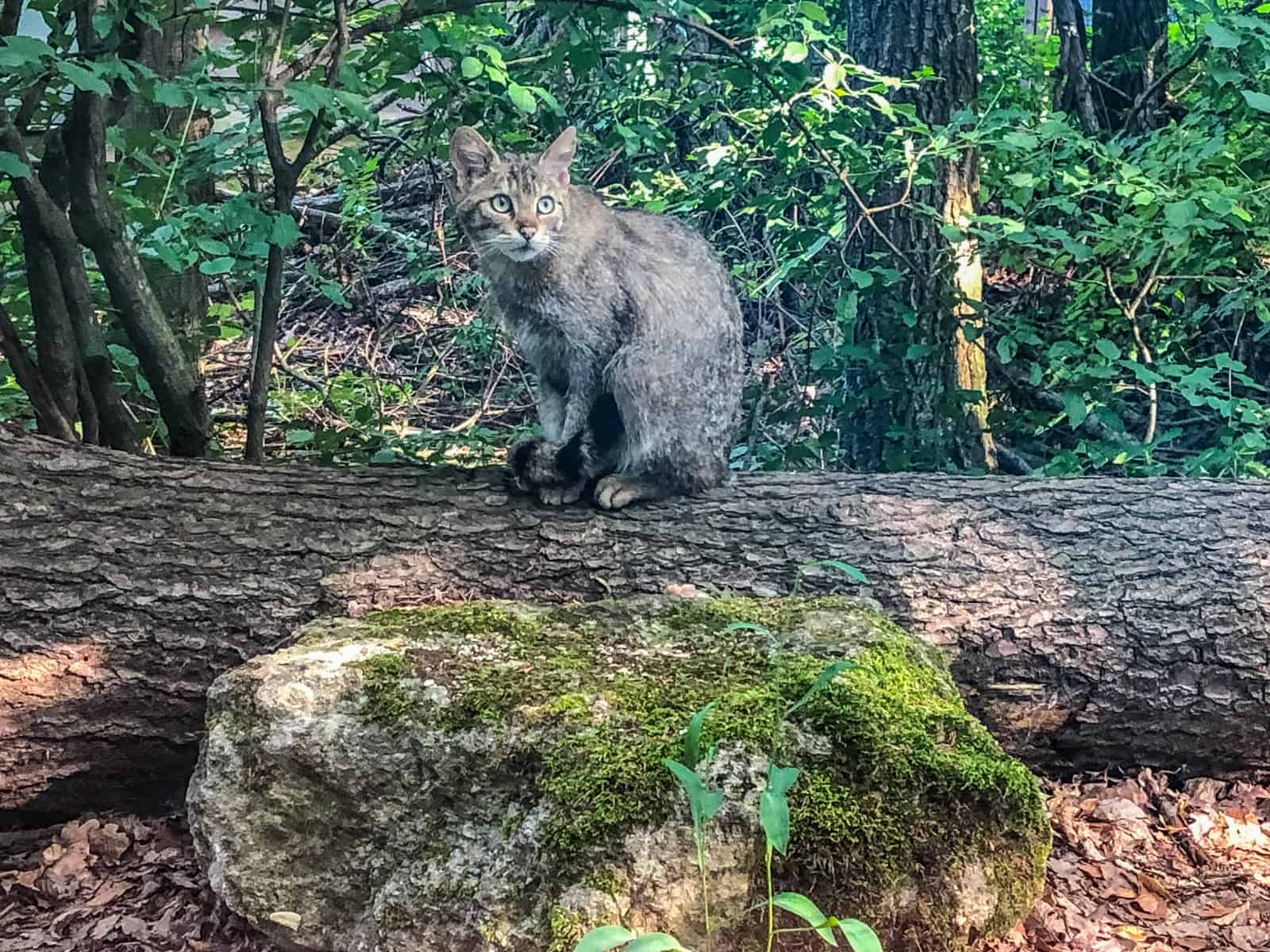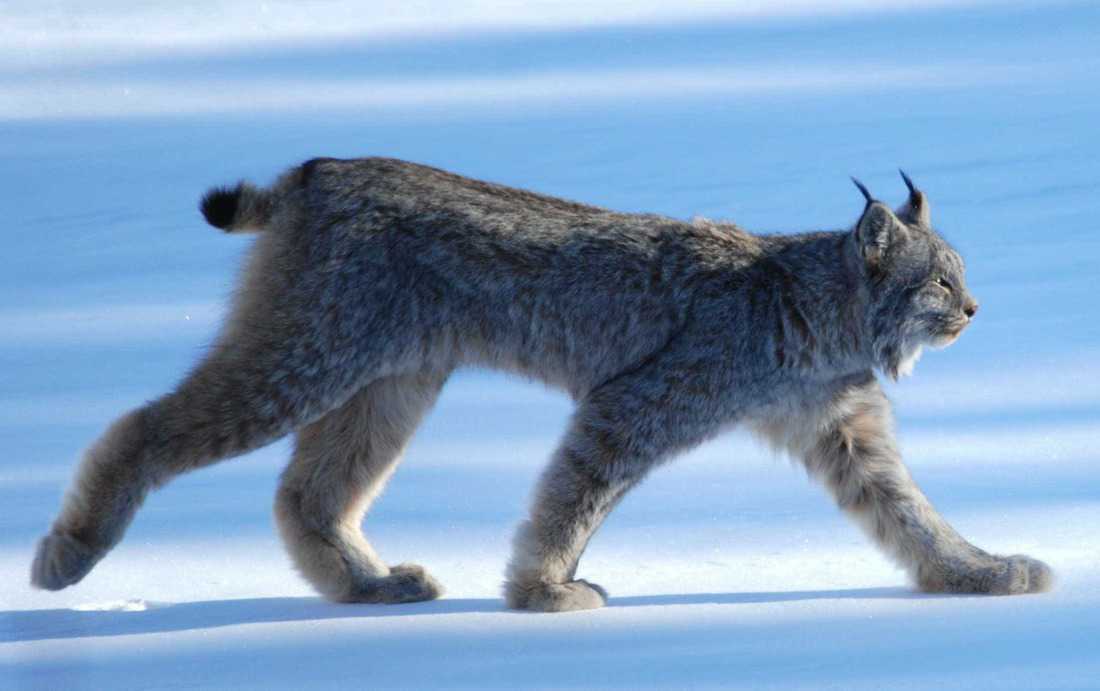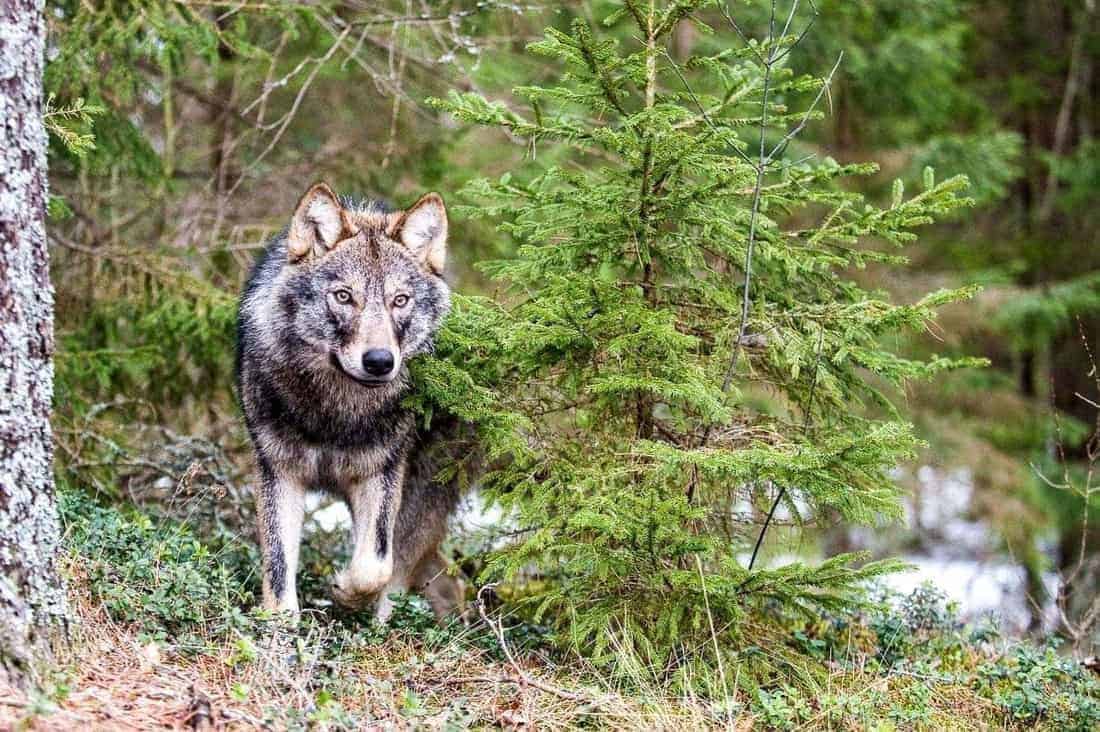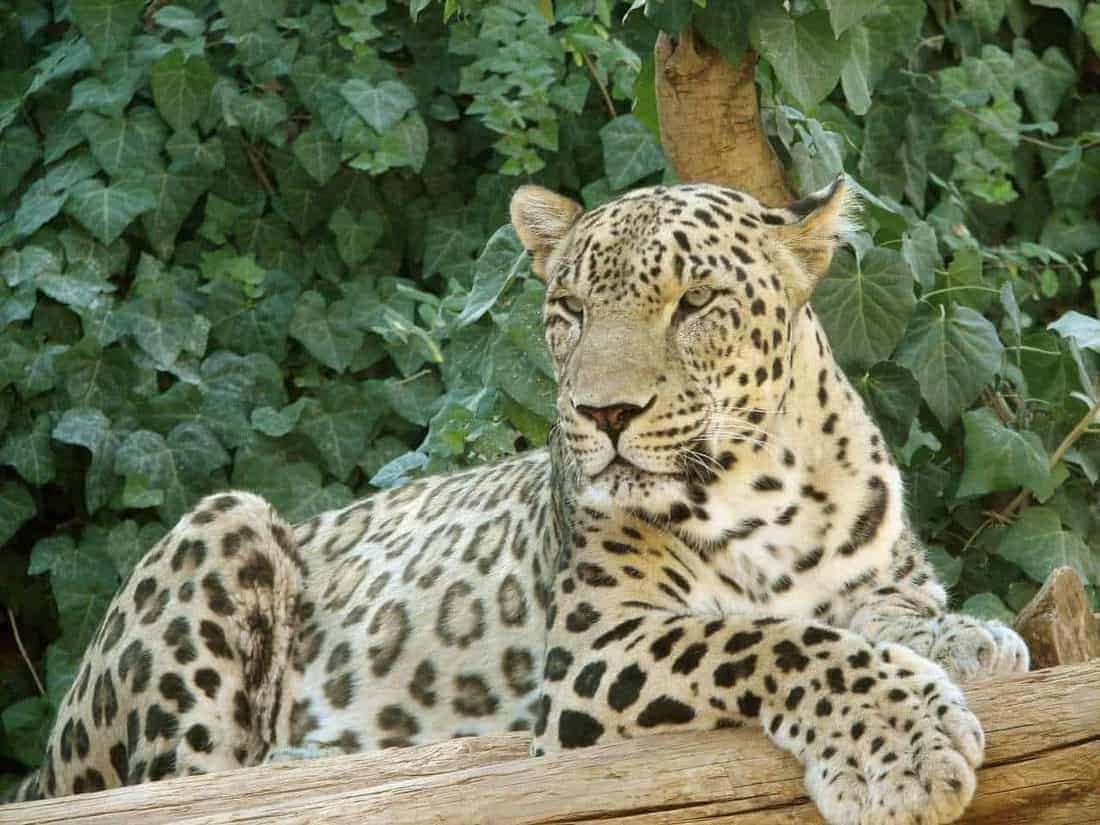Why we should NOT feed waterfowl
Experience has shown that people with good intentions are unaware that feeding waterfowl is unnecessary, especially in summer when animals can find unlimited food. That is why, although we may not like to hear it, feeding has nothing to do with helping birds. Quite on the contrary, it can endanger, sicken and even have lethal implications to them.
What is the problem with feeding?
The species of swans, ducks and geese most affected by feeding are feeding on a wide variety of mainly green plant parts: grasses, leaves, shoots, weeds, seeds of aquatic and cultivated plants, grazing on grassland, ploughing fields, foraging on the surface and under water. Waders and waterfowl, which are also abundant at feeding sites, are more attracted to the proximity of water. Here they mainly pick up insects, snails and, to a lesser extent, plant parts. A common feature of these waterbirds is that water is not only a feeding ground for them. It is also a place to rest, bathe, drink and, above all, an almost exclusive safe place to spend the night, protected from predators.
Hence the basic survival rule for waterfowl species, which is to retreat to areas free of frost and snow. While frost and snow make the habitat of waterfowl completely uninhabitable, for songbirds the habitat offered by trees, shrubs and tall weeds remains viable even in the harshest frosts and thick snow cover. This fundamental difference is one of the reasons why, while traditional feeders do not threaten the species that visit them, waterfowl feeding puts the birds in immediate danger.
The lifestyle and winter survival patterns of waterbirds are fundamentally different from those of songbirds visiting classical feeders. Therefore, feeding them is not useful. These are the reasons why:
1. Feeding makes waterbirds sick
Herbivorous waterfowl (ducks, geese, swans) feed mainly on grass and other herbaceous vegetation on the shore. This is available to them in virtually unlimited quantities in winter and summer (and if not, they will likely move away). However, as opposed to the varied plant food available through grazing, waterfowl are predominantly fed on bread. As a result, birds at feeding sites may live on this one-sided diet for weeks, months or even years, as they may even abandon their natural diet altogether. The saddest consequence of waterfowl feeding is that it is particularly detrimental to the chicks, both physiologically and behaviourally. The young, which are still flightless and thus well developed, following and imitating their parents to the summer feeding grounds, suffer irreversible bone and feather growth defects (also known as ‘angel wing disease‘) due to inadequate food, which cause flightlessness and, directly or indirectly, the death of the bird. Inexperienced young birds, spoiled by feeding, do not migrate as winter approaches, which is another source of danger for them.
2. Feeding negatively affects migratory behaviour
Adults of mostly medium to large waterfowl species with a strong body structure do not have a predator. These birds have a higher chance of becoming prey as an egg or chick, and adult flightless individuals are primarily victims of extreme winter weather and accidents throughout migration. However, feeding has a negative impact on their migratory behaviour. The weary birds do not head south when they sense an approaching front of bad weather (while songbirds do) even as they retreat to ever-smaller patches of still unfrozen water. This poses a danger, as the movement of birds on the water can prevent the water to freeze even when reaching freezing temperatures. Then, at night, when the birds float on the water and sleep motionless, the unfrozen surfaces suddenly freeze, trapping the birds and condemning them to a long death by starvation.
Summer feeding is particularly problematic for chicks because as they become juvenile and are mostly self-sufficient (i.e. not fed by their parents), feeding habituates them to an artificially maintained and unnatural food source. Experience has shown that some species, such as Mute swans, are particularly vulnerable to this effect. Birds reared near such feeding sites do not migrate in autumn, remaining in flocks or with their parents.
3. Feeding increases crowding, aggression and the risk of injury
One of the unavoidable effects of waterbird feeding is its ability to increase bird densities enormously, especially in water surfaces that become increasingly narrow due to frost. Intraspecific and even rarer interspecific aggression between birds fighting over food that has been thrown in the bin is significantly increased. This leads to minor to major injuries, which in extreme weather conditions further reduces the chances of survival.
Moreover, feeding…
- attracts large numbers of waterfowl to areas unsuitable for them
- facilitates the spread of infectious diseases, which is a major risk, particularly in relation to the bird flu
- pollutes the environment, increasing the amount of organic matter of water and leads to eutrophication
- increases hybridisation between species
- can lead to a local invasion of rodents
- worsens the social perception of birds, increases human-bird conflicts
- causes direct physical contact, which can also pose a threat to us humans.
The downward spiral of feeding
In terms of its practical implementation and mechanism of action, waterfowl feeding leads to a downward spiral of problems:
- Feeding usually starts in summer, when people seek the proximity of cool water, so bird-human encounters are more frequent
- Birds feeding in these places tend not to migrate in autumn
- Therefore, people see “many poor, hungry” birds, which are in fact starving or already sick and flightless. In return, they keep feeding them
- With the onset of frosts, the number of birds increases steadily, with interruptions to their migration due to the accumulation of resting bird flocks in resting sites
- This further increases the feeding tendency and activity of humans
- Which is unfortunately reinforced in some places by the installation of duck feeders. These mislead visitors with false information, since the food offered is as useless and lacks nutrition same as the popularly given bread
- Near the artificially maintained feeding sites, more birds nest each year
- Thus increasing the number of summer ‘beggars’ and starting the process all over again with more birds.
One simple rule to remember
We should understand that wild animals do not need our ‘love’ or ‘pity’ but our understanding, contemplative respect, letting wildlife behave like wildlife!
This is why the best behaviour we can show towards waterfowl is to follow the principle of NEVER, EVER FEED them, and to keep the animals’ best interests at heart. Of course, we do not want to take away anyone’s right to decide when and what to do. And more importantly, these rules are not to question anyone’s good intentions. The only aim of this article is to provide information backed up by professional arguments, in the hope that to reduce the number of birds in trouble in the future.

